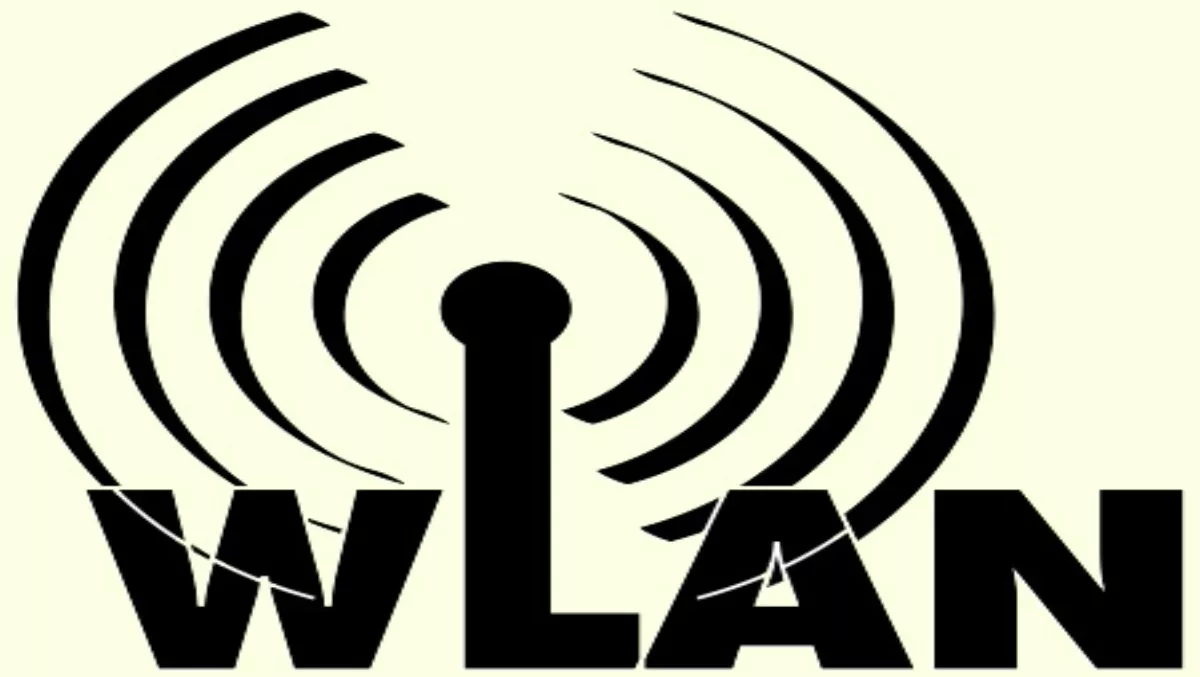
WLAN market boost
As more organisations embrace bring your own device (BYOD) policies, smartphones and tablets are flooding wireless LANs (WLANs) and equipment sales are surging. But BYOD program are about more than adding new access points; with organisations needing to support a growing number of devices on the network, WLAN design changes are sure to follow. Traditionally, organisations have deployed Wi-Fi for coverage and secondary network access but we are now seeing a shift towards wireless as the primary means of network access, especially as a lot of new devices only have wireless connections such as tablets, smartphones and even larger devices like the MacBook Air and ultra-thin notebooks. However simply adding new WLAN access points to boost capacity for BYOD initiatives isn't enough. Most organisations will have to rethink the wireless design and number of individual access points in order to maximise the reuse of Wi-Fi spectrum. Design changes In an office building, if you increase from five access points to 10 on a floor, you need to have access point radios on as many different channels as possible in order to increase the overall bandwidth capacity of the network. However, if the AP's overlap channels and they can hear one another (called co-channel interference) this may result in a degradation of the Wi-Fi performance. An organisation also needs to adjust WLAN design and configuration for the mix of devices accessing the network in a BYOD setting because smartphones and tablets typically have lower-powered Wi-Fi chipsets than laptops. If a higher-powered access point transmits with a significantly stronger signal than the mobile device, the device may not be powerful enough to respond. Turning down the transmit power of a wireless LAN access point to optimise it for smartphones, tablets and other BYOD devices also means the access points will have a smaller coverage area. This requires the client device to be closer to the access points which could also mean an organisation will have to invest in even more access points to provide good service. Most vendors now have dual radio access points operating on both the 5Ghz and 2.4Ghz spectrum meaning newer devices with a 5Ghz radio can utilise this spectrum. 5Ghz spectrum is relatively clean compared to the 2.4Ghz, which is cluttered due to the use of microwave, Bluetooth, cordless phones and so on. How to sell wireless Like any sales process, the first step is to understand and identify the need for wireless in the organisation. There are numerous reasons why an organisation should adopt a robust, secure and reliable wireless solution including the rapid adoption of BYOD, increased productivity for the workplace, massive advances in wireless technology over the last 12-18 months and wireless as an extension of the wired network. Once the business need and case is established begin with a basic walk around of the site to determine any obvious issues around construction and so on. From here a preliminary bill of materials can be ascertained. Once budget approval has been given a more complete and proper site survey should be carried out to determine the exact number of AP's required, heat maps as well as their optimum positioning and other critical design aspects. There should be budget allowed for the creation of the site survey. There are a number of planning tools available, from vendors or using the Airmagnet tools from Fluke. These will produce a nicely presented and comprehensive report that can then be used in the implementation phase. The budget needs to allow for a site survey, vendor hardware, software and support along with installation and comissioning and ongoing support and maintenance.

